How to Shop Like a Minimalist: 18 Strategies to Shop With Intention

Today’s post is all about how to shop like a minimalist. Or more specifically, how to shop with more intention to avoid adding unnecessary clutter to your home and life!
Although the idea of minimalism is choosing to live with less in order to simplify your life. Which in turn, means being intentional about buying less and bringing less into your home. Even minimalists have to go shopping and buy things sometimes.
The key to learning to shop like a minimalist is being intentional about what you buy. Making intentional purchases lets you avoid ending up with a cluttered home full of things you neither use nor love.
With that in mind, here is a list of 18 strategies to help you shop like a minimalist and make intentional purchases.
As I said before, everyone, even serious minimalists, need to buy new things sometimes. Things get used up or worn out, you might need a gift, or are simply looking for something new.
However, learning to shop like a minimalist, and embracing a minimalist mindset, is the difference between buying things without thought that eventually add clutter to your life. And buying things after carefully considering them and making thoughtful and intentional purchase decisions based on the value an item will add to your life.
Moderate Minimalist
I consider myself a moderate minimalist. By that, I mean I work hard to reduce and eliminate anything we don’t need, use or love in our home. But I am not willing to live with so little that I forego things that make our home comfortable, convenient and bring us joy.
As I’ve said before, minimalism looks different for each of us. It is about finding a balance between too little and too much that works for you.
12 Reasons We Keep Clothes We Don’t Wead & How to Move Past Them
That place of balance is where “enough” is for you, not too little or too much. It is a place where your life is simplified and minimized to the point where you only keep the things in your home you use regularly and love.
Deciding What Adds Value to Your Life
I don’t believe minimalism should be so restrictive you don’t allow yourself to buy things you truly need or want.
Instead, maintaining a minimalist mindset and learning to shop like a minimalist is about being intentional with the purchases you make and the things you bring into your home. Only buying things that will truly add value to your life. Not things that will soon find themselves in the decluttering box.
We usually carefully think through our bigger purchases before making them. But it’s often the little things we purchase here and there, that don’t seem like a lot or a big deal, that add up over time and clutter our homes.
Teaching ourselves to shop like a minimalist allows us to carefully consider and think through all our purchases. Our time and space are too valuable to waste on things that only add clutter to our homes without adding enough value to our lives.
How to Shop Like a Minimalist – Part 1 & 2
Below is a list of questions to ask yourself and strategies to use to begin to shop like a minimalist. Helping you to become more intentional with your shopping and less likely to buy things impulsively or without thought.
These strategies and questions are to help you become more deliberate and intentional with your buying behaviour. So you can make intentional purchases that won’t end up as clutter in your home.
I’ve split these strategies into two parts.
Part 1 focuses on ways to change your overall mindset and shopping behaviour to shop like a minimalist. Helping you become more intentional about what you buy and why you buy it.
Part 2 focuses on questions to ask yourself once you have decided to buy something. Strategies to check in with yourself and ensure the purchase will truly add value to your life.
Part 1: How to Shop Like a Minimalist – 12 Ways to Shop Intentionally
These are ideas to implement before you even go shopping. They are general strategies and questions to change the way you approach buying. Intended to help you be intentional and deliberate with your purchases and begin to shop like a minimalist.
This, in turn, will slow the incoming flow of “stuff” into your home. Making sure what you are buying and bringing into your home will add value, not clutter, to your home and life.
1. Unsubscribe from store emails
One of the best ways to avoid making impulsive purchases is to remove as many temptations as you can.
Retailers are marketing experts and they are good at what they do! It can be hard to resist the temptation to shop when your inbox is full of emails telling you about the latest, limited-time, best-ever sale.
You’re much more likely to make intentional purchases when you seek out the purchase. Rather than being bombarded with offers you didn’t even know you wanted in the first place!
2. Avoid malls and shopping centers
This is the same idea as unsubscribing from emails. If you spend a lot of time in malls or shopping centers, retailers’ very effective marketing and advertising strategies will keep wearing away your resolve not to buy more than you use and love.
Trying to avoid malls and shopping centers removes you from the constant marketing and pressure to buy more. Instead, look for hobbies and places to hang out that don’t revolve around shopping. And only go into malls or stores when you actually need to buy something.
3. Research your options beforehand
Research your options before making a purchase. Check online reviews and ratings. Carefully consider the pros and cons of the item you are considering purchasing.
Sometimes we all get caught up in the idea of wanting something new. Researching it ahead of time can help us learn if the item is actually what we are looking for and if it’s all we are expecting it to be.
4. Wait 24 hours before purchasing
Again, sometimes we get excited about the idea of buying something new and make a purchase we regret later.
A great way to avoid this is to wait at least 24 hours before making your purchase. This purchase pause provides you with some time to think over your purchase and avoid making impulsive purchases.
5. Take it a step further, and wait 30 days before buying
If there’s something you are considering buying, write it down and wait 30 days. At the end of the 30 days decide if you still want it after all.
It’s often surprising how some time and space to think over a purchase will make it clear what you really want or need and what is not so important after all.
6. Plan a no spending day/week/month
A self-imposed spending freeze is a great way to shed some light on your spending and buying habits.
Not only will you save some money. But you will also give yourself the opportunity to see how thoughtfully or thoughtlessly you make purchases.
7. Honestly assess your intentions behind wanting to buy something new
Before you make a purchase, honestly assess why you want to buy it in the first place.
Is it because you have carefully considered it and know it will add value to your life?
Or is it because you are bored and want something new? Are you trying to make yourself feel better by buying something new? Are you buying it to impress someone else, real or imagined?
Sometimes we buy for the wrong reasons. Begin to shop like a minimalist by being honest with yourself about your motivation for wanting to buy.
8. Make a list – and stick to it
After you have done your research, given yourself time to think it over, and know you’re buying for the right reasons, make a list of what you intend to buy. Then stick to the things on your list to avoid impulse purchases!
9. Pay with cash
Try using cash when you make purchases instead of a debit or credit card. It can often feel harder to hand over cash to pay for something, than simply swiping or tapping a card.
10. Try to buy experiences more often than things
When you want or need to make a purchase, such as buying a gift, try to find experiences you can buy rather than a physical thing.
Even for yourself, if you have the itch to buy something new, look for an experience or something consumable to buy rather than a physical object that will add clutter to your space.
For example, experience and consumable gifts include things like concert tickets, museum passes, lesson fees, a gift card for dinner out, a box of their favourite tea, etc. These are thoughtful and personalized gifts but won’t add clutter to their lives.
The same goes for yourself. Rather than buying a physical object, treat yourself to a manicure, a coffee date with a friend, a meal out, a movie, a pass to a gallery or museum, a pound of fancy coffee, a yoga class, etc.
There are many ways to buy yourself something nice without adding clutter to your life. Fill your life with experiences instead of buying more “stuff”.
11. Use up or wear out what you have first before buying something new
Make sure you have used up or worn out what you already have before buying more. This will help eliminate duplicates that add clutter to your home.
12. Practice the “one in, one out” rule
This is a great way to shop like a minimalist and keep clutter in check so it doesn’t build up in your home.
Whenever you bring something new into your home, find something to get rid of in return. Or better yet, find two things to get rid of to help further reduce any clutter in your home.
Part 2: How to Buy Like a Minimalist – 6 Ways to Buy with Intention
These are questions to ask yourself once you have decided to make a purchase. These strategies will help you to carefully and intentionally think through the purchase before you make it. Helping to ensure it will add value to your life.
1. Do you really need it?
Honestly ask yourself if you truly need what you are buying. If the answer isn’t an absolute yes, without talking yourself into believing it’s true, re-evaluate the purchase.
2. Do you really love it?
Again, honestly ask yourself if you truly love the item you are buying.
It’s easy to get excited about the idea of something new. Or settle for something less than perfect because you want to buy something new. If you don’t absolutely love everything about it, wait until you find something you do.
3. Where will you keep it? Do you have a place for this item?
The best way to avoid clutter is to have a place for everything that is easily accessible so it can always be easy to find, put away and kept in its place.
If you don’t have a place to keep the item you’re considering purchasing, hold off buying it until you can find or create (by getting rid of something else!) a space for it.
4. Will you use it often?
Honestly assess how often you will use the item you want to purchase.
If you will use it on a regular basis and it will add value to your life while doing so, it’s probably a good purchase.
If it’s something you will only use occasionally, it might not be worth the space it will take up in your life. Not to mention that you’ll have to store it, maintain it, clean it, etc., but won’t actually use it very often.
You might be able to borrow, rent or just do without things you’ll only use or need occasionally.
5. Do you already own something else you could use instead?
Sometimes with a little creativity and thought, you may realize you already own something you could use in place of the item you are considering buying.
Whether it’s a kitchen gadget, an item of clothing or something else. If you already own something similar or something that will serve the same function, you might not need to buy something new after all.
6. What are you willing to let go of before bringing in a new item?
Remember the “one in, one out” rule from above? Decide what you will get rid of to make room for the new item you are purchasing.
And remember to follow through! After your purchase, remove the item you’re getting rid of from your home and put it in the donation box.
It’s About Intention, not Restriction
The point is not that you can’t have any fun, shop, or ever treat yourself to something new. It’s not about placing such tight restrictions on yourself that it adds stress and unhappiness to your life.
In fact, the exact opposite is true!
The point of learning some minimalist shopping strategies is to become more intentional with what you buy and bring into your home. In order to avoid cluttering your life and your space with things you don’t use or love. Giving yourself more time, space and freedom to enjoy your life. And be able to live a life full of the most important things: the people you share it with and the experiences you have.
It may not always be popular or seem “fun” to say no to buying more and no longer shopping for entertainment.
But learning to shop like a minimalist and how to buy less will pay off in the long term when your home is uncluttered and peaceful. When you are not spending your spare time managing the things you own (cleaning them, maintaining them, repairing them, organizing them, etc.). And have more time and energy to enjoy your life instead!
The intentional shopping choices you make today will allow you to spend your Saturday afternoons doing something you love and enjoy. Rather than cleaning out your storage room. Again.
Learning to shop like a minimalist takes effort and intention. But the rewards and benefits of minimalism will make it all worth it!
When do you find you make the most impulse purchases? What do you think you can do to become more intentional with the purchases you make? What are your tips to “shop like a minimalist” and avoid making purchases that add clutter to your life? I’d love to hear your thoughts and feedback, leave a comment below!

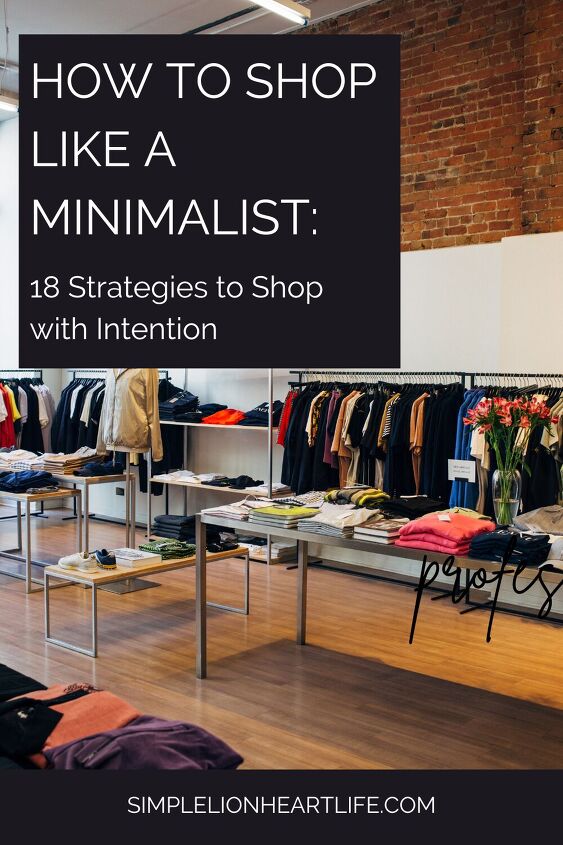








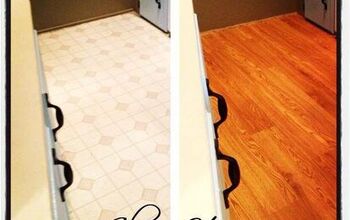
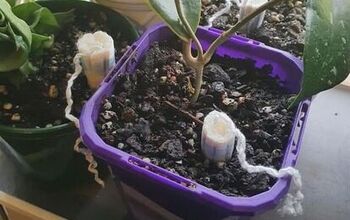

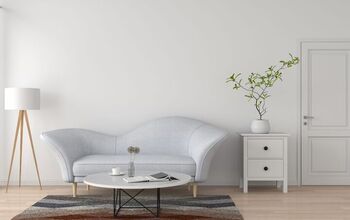


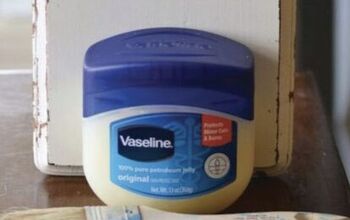


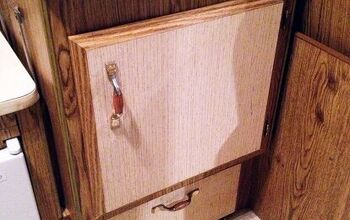

Comments
Join the conversation
I had to put up a framed,cross-stitched prayer, over my kitchen door so I see it every day, the second line of which declares, '"...I shall not want...," to help me remember I have Faith that my NEEDS will be met (lilies of the field etc.), and my WANTS are for 'everything & more of everything & I want it now', so I need to turn a deaf ear to most of the 'want' clamor my crazy brain makes. And, after only 20 or 30 years, the prayer's starting to work! I want a lot less now! It helps that I am retired & don't go past stores, don't hit GoodWill, or garage sales - the pandemic kept me from accumulating, since I couldn't go anywhere safely, & having a smaller vehicle prevented trashpile scavenging.If I had known how hard it was to get a kid to accept hand-me-down furniture & heirlooms, I would have had more of them!
So, turned 60 this year, lots of changes in life... Decluttering everything, clothes,shoes, dishes,books,knick knacks,art work, furniture,etc....I am not a hoarder by any means, but cannot believe what I have been able to let go ....And it's wonderful.Free clutter.NowI go into my closet and choose something to wear in 3 minutes or less 🤣🤣🤣💕💕💕